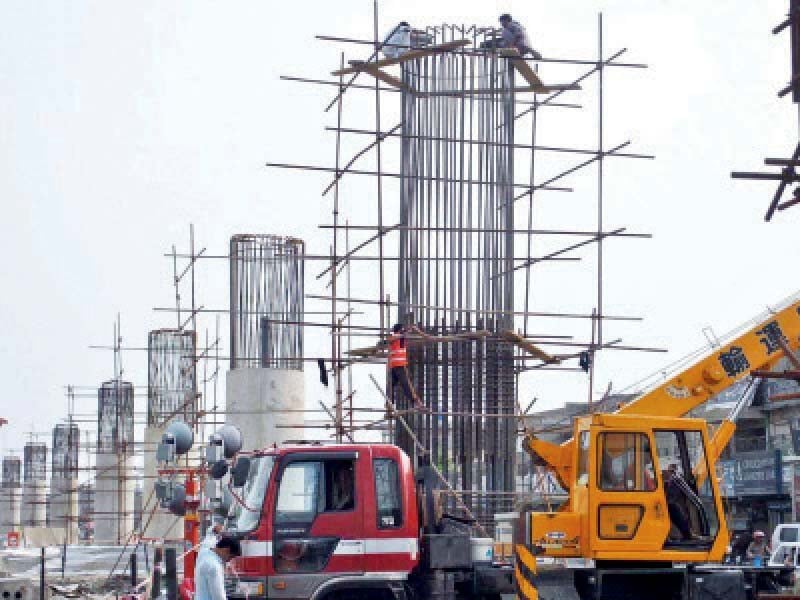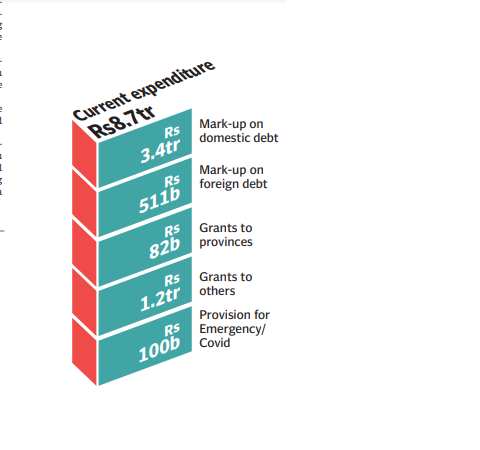
The coalition government on Friday unveiled an election year development programme of 1,173 schemes but with allocation of only Rs727 billion, which would slow down work on the existing schemes and extend the completion period of new projects. The allocation of Rs727 billion for the Public Sector Development Programme (PSDP) 2022-23 is only Rs177 billion, or 32%, more than the reduced size of the PSDP for the outgoing fiscal year.
The government has envisaged financing of Rs73 billion by the private sector in the next fiscal year. The PSDP book showed that the government had added roughly Rs7.1 trillion worth of 1,173 schemes in the next year’s development programme. With the meagre allocation of Rs727 billion, it will take on an average 10 years to complete this development portfolio. The inclusion of new schemes and inadequate allocation for the existing ones highlights the imprudent policies of the new government, which would also cause losses to the exchequer due to the escalation in their cost.
The government has proposed allocation of Rs70 billion for the parliamentarians’ schemes. This is contrary to the austerity drive as most of these expenses are wasted due to the lack of proper checks and controls on these schemes. While chairing the National Economic Council (NEC) meeting, Prime Minister Shehbaz Sharif directed that at least 40% of the next PSDP should be given to the new schemes. This will adversely affect the ongoing schemes.
The climate change ministry has been allocated Rs9.6 billion, maintaining the current year’s budget level. The Ministry of Education will get Rs7.3 billion as against Rs4.6 billion in the current fiscal year. The Higher Education Commission has received over Rs44 billion. The health ministry has been given Rs12.7 billion, or 1.7% of the budget. The Ministry of National Food Security will get Rs10 billion. The National Highway Authority (NHA) will get Rs118 billion, or 16% of the budget. The NHA’s budget has been increased by 37%.

The Pakistan Atomic Energy Commission (PAEC) will get Rs26 billion, about 37% higher than the outgoing fiscal year. The Power Division budget stands at Rs43 billion, about 8% less than the outgoing fiscal year. Provinces and special areas have been allocated Rs136 billion aimed at accommodating the development projects of allied parties and finishing a few ongoing schemes. For K-P’s merged districts, the government has proposed an allocation of Rs50 billion for the next financial year.
Azad Jammu and Kashmir (AJK) and GilgitBaltistan have been given Rs52.6 billion for development in the next fiscal year. Pakistan Railways has been given nearly Rs33 billion, 83% higher than the outgoing fiscal year. The Rs1.1 trillion Mainline-1 project of CPEC has also been included in the PSDP but it got allocation of only Rs5 billion. Planning Minister Ahsan Iqbal has already said that the Chinese were not happy with the existing cost and it will go up.
The government has included the Chashma Right Bank Canal (CRBC) Left-Cum-Gravity Project to appease its allies from Khyber-Pakhtunkhwa. However, against the cost of Rs238 billion, only Rs500 million has been allocated for the next year. The government has allocated Rs7.3 billion for the “Viability Gap Funding” to encourage private sector’s investment in infrastructure. The Water Resources Division will get Rs100 billion – Rs10 billion more than this fiscal year.
The Diamer-Bhasha Dam project, which is already facing cost escalation of Rs225 billion, has been given only Rs20 billion for the next year. Out of already approved Rs480 billion, only Rs59 billion has so far been spent. The planning ministry will receive Rs42 billion, including Rs33 billion for new projects. The ministry has included many new projects in the PSDP, mostly brick and mortar schemes. A Rs20 billion block allocation has been made in the name of poor districts.
The inclusion of block allocation is against the advice of the Planning Commission that has opposed such discretionary spending. The Youth Laptop Scheme of Rs5 billion has been added with allocation of Rs1.5 billion for the next fiscal year. With the primary goal of buying vehicles, the Rs32 billion Locust Emergency Control project has been included in the PSDP with allocation of Rs800 million for the next fiscal year.
The Earthquake Reconstruction and Rehabilitation Authority (ERRA) – the body that was to be disbanded eight years ago – has been earmarked Rs500 million for paying salaries to the military and civilians who are serving there. The failure to close ERRA in a period of eight years speaks volumes about the civilian supremacy in Pakistan.

1719660634-1/BeFunky-collage-nicole-(1)1719660634-1-405x300.webp)

1732276540-0/kim-(10)1732276540-0-165x106.webp)

1732274008-0/Ariana-Grande-and-Kristin-Chenoweth-(1)1732274008-0-165x106.webp)












COMMENTS
Comments are moderated and generally will be posted if they are on-topic and not abusive.
For more information, please see our Comments FAQ